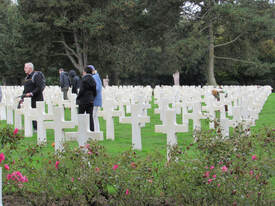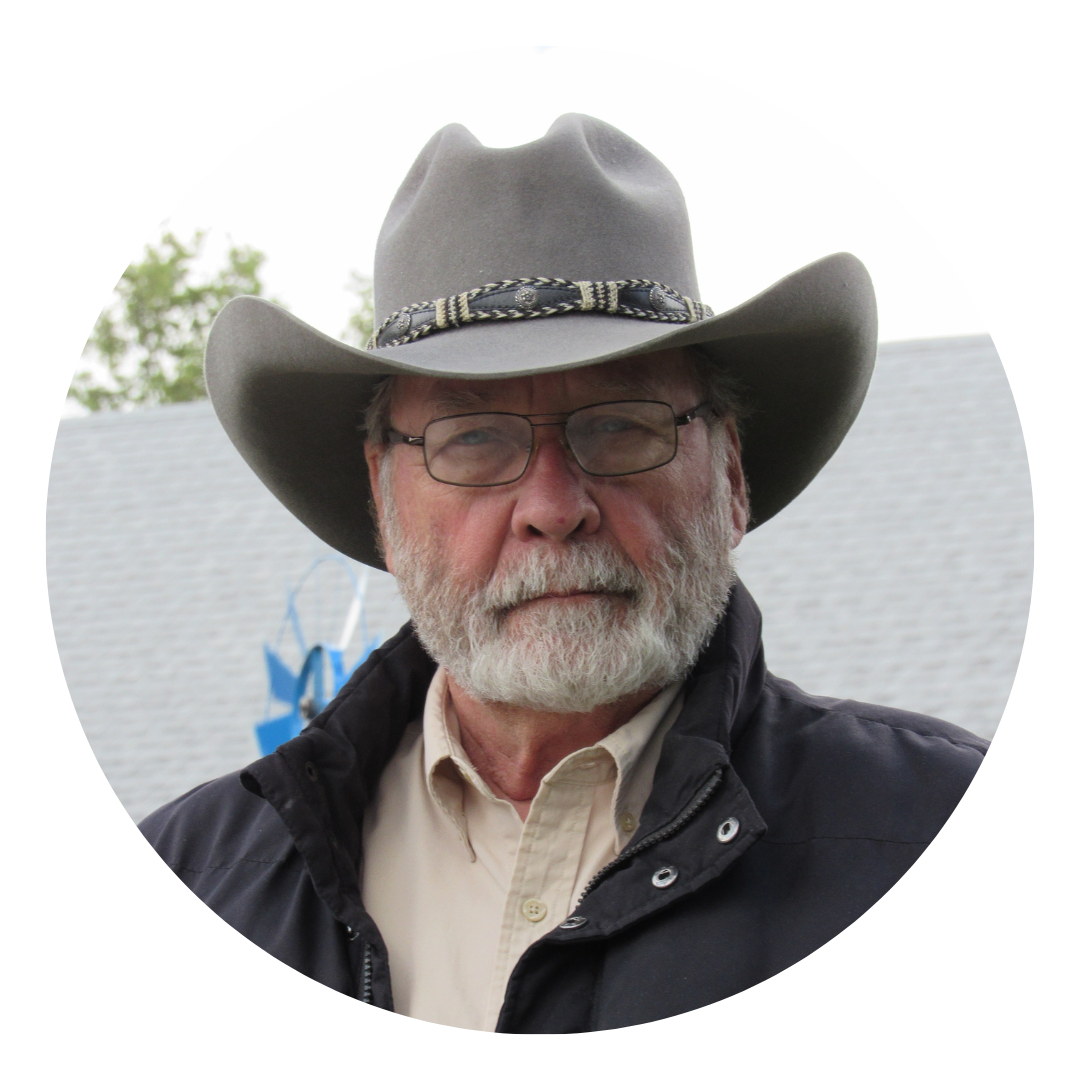 Every time I watch a video of WWII-era German soldiers marching in goosestep, my hips hurt. I can’t imagine why anyone would march that way. On the other hand, I do feel its intended effect—a display of relentless, threatening, and dominating force. It’s not just the visual: a thousand hobnailed boots slapping against a cobblestone street made a thunderous noise. In the spring of 1939, to a ten-year-old girl named Renee, that thunderous noise meant impending terror. She was the ears of her family: her mother, father, and eight-year-old sister, Herta, were all deaf. When Renee heard any approach of Nazi soldiers, she ran to warn her family using sign language. She did so because they were Jews. Renee’s family lived in the city of Bratislava, the capital city of Slovakia, right after it had been declared a “protectorate” of the Third Reich. A city with 15,000 Jews out of a population of 120,000, Jewish citizens had already been restricted to a specific part of the city, been forbidden to assemble or worship, and were required to wear yellow stars on their clothes. Renee’s father moved the family to Brno, a town seventy miles to the west that had a larger community of Jews, but it wasn’t long before Hitler showed up in a parade. The family moved back to Bratislava and continued to live in the Jewish ghetto. In 1943, her father paid for his daughters to live on a distant gentile farm. Renee had blonde, curly hair (she looked remarkably like Shirley Temple), so the girls removed their yellow stars and lived as gentiles. Everything worked well, except for when it came to eating pork sausage. While they were away, their father and mother were taken to Auschwitz. Several months later, in 1944, because the payments had stopped, the farmer took Renee and Herta back to Bratislava and left them on a street. The Jewish area where they had lived was empty. Not only were their parents missing, but everyone else had been forced to leave. Living on the streets for a few months, begging for food, sleeping in abandoned apartments, and taking advantage of a few non-Jewish friends, Renee finally asked the German guards to help them join their parents. They were shoved into a cattle car of a train to Auschwitz. After problems with railroad tracks being destroyed by Allied aircraft, the train was rerouted from Poland to the Bergen-Belson concentration camp in the north of Germany. Even though it was not an official death camp like Auschwitz/Birkenau, it would eventually bring death to 50,000 prisoners. Renee and Herta lived for a year at Bergen-Belson, working as prisoner-slaves. Every day they walked in front of a death house where bodies were stacked inside until they overflowed onto the sidewalks. Herta was repeatedly asked to go the “hospital” because the doctors wanted to experiment on a deaf child. When she refused, the doctors left her alone and did not tell the guards; perhaps she would change her mind. Herta’s hair was shaved off because of typhus-carrying lice (lice routinely covered the inside walls of their barracks). Renee contracted typhoid and suffered greatly, but refused to die because Herta would be left alone. When the crisis had passed, Renee was an eleven-year-old with the weight of a three-year-old. During this time, Herta became mute. Whether living at the farm, wandering the city alone, riding on trains, or being prisoners, Renee held Herta’s hand. Were Herta to wander off, were Herta to be taken or separated, Renee knew that her sister could not survive. No one else could sign to her, no one else could speak for her. The Nazis considered deaf people to not be deserving of life, so if she was discovered to be deaf, Herta would be shot. The sisters managed to fade into the camouflage of thousands of other children. It was 1944 and the guards were distracted by the Russians on one side and the Allies on the other. On April 15, 1945, the two sisters watched a truck with strange markings come into the compound, followed by men in strange uniforms. It was the British Army and the concentration camp was being liberated. Working their way through the camp, the British found 60,000 starved and sick prisoners, and 13,000 corpses. Another 14,000 inmates died in the weeks following liberation. The International Red Cross placed the sisters with a coastal family in Sweden. It was there that they learned their parents were dead. Later on, Herta attended a school for the deaf in Stockholm while Renee stayed to go to the local school. Renee had had only one year of education, but it helped that she could speak five languages. During the summers, Herta returned and the two were together again. The sisters remained in Sweden for three years. Only by chance did distant relatives in New York City hear their names called out in an American Red Cross broadcast of abandoned war children. In 1948, Renee and Herta found themselves riding in their first plane and were soon stepping onto a sidewalk in New York City. Renee was fifteen, Herta was thirteen. They still held hands wherever they went. Herta would go on to marry Harold Rothenberger and have three children, each of whom was deaf. He died young, however, and she married Richard Myers, who died four months after their wedding. How does that feel when there is only silence? Herta raised her children alone, and now lives in Las Vegas, Nevada. Renee married a Yale professor and, between the two of them, established the Fortunoff Video Archive for Holocaust Testimonies at Yale University. It is a video compilation of more than 4,000 witnesses to the atrocities and oppressions of the Third Reich. It is from her and Herta’s interviews in 1979 that their journey found its way into a book. Renee’s husband died in 2016; she still lives in New Haven, Connecticut. Renee and Herta returned to Bratislava in the late 2000s and then, in 2009, returned to what is left of the Bergen-Belson concentration camp. They remembered their year there, and found photos in the museum of children they recognized, but could not find nor could they provide any explanation—religious, philosophical, ideological, or otherwise—for why they and all the others had suffered so brutally. For more details of their journey, see the book, Signs of Survival, A Memoir of the Holocaust, by Renee Hartman with Joshua M. Greene, printed by Scholastic Press, 2021.
0 Comments
Leave a Reply. |
AuthorDon Willerton has been a reader all his life and yearns to write words like the authors he has read. He's working hard at it and invites others to share their experiences. |

 RSS Feed
RSS Feed